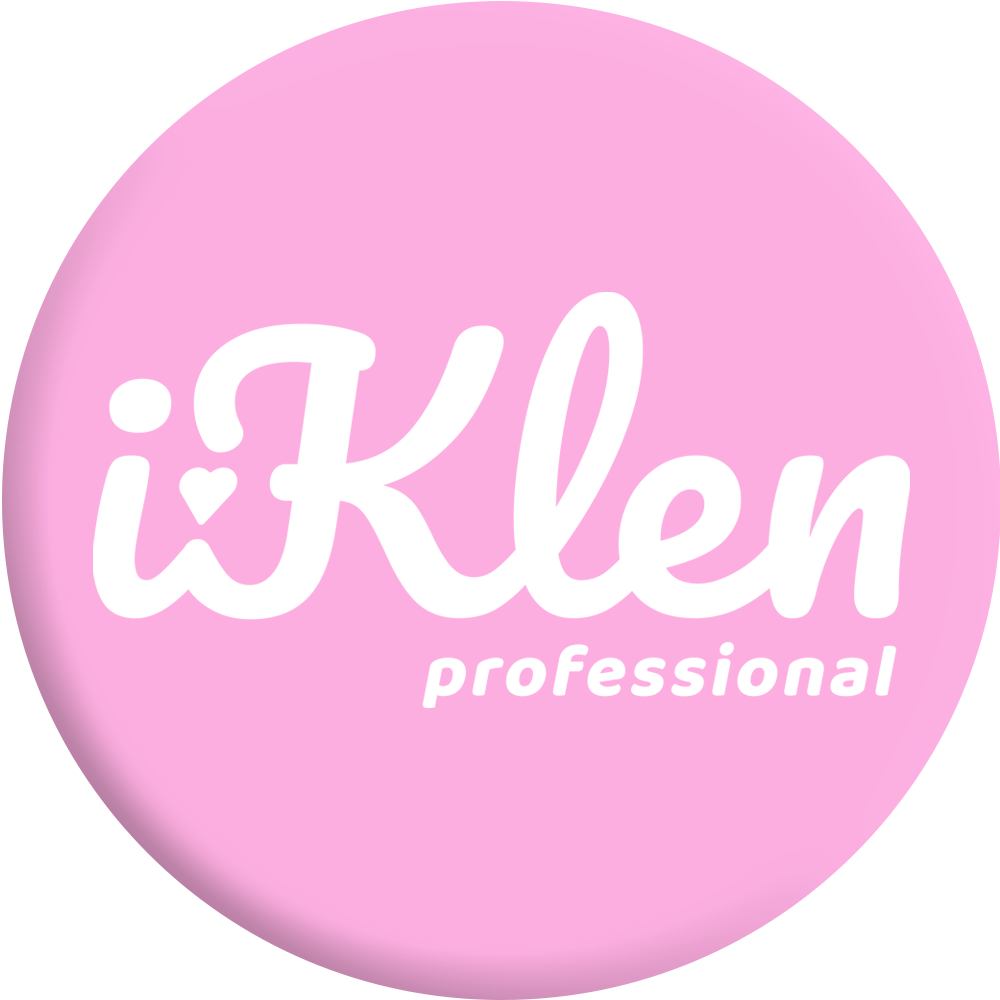Blood spills in childcare settings can pose significant health risks due to the potential transmission of infectious diseases. It is crucial to manage these spills with utmost care and precision to ensure the safety of both children and staff.
This article provides detailed guidelines based on reliable sources to help you handle blood spills effectively.
How do you clean blood spills in childcare?
Immediate Response to Blood Spills
The initial step in managing blood spills is to ensure the safety of everyone present. Only trained staff should handle the cleanup, equipped with the necessary personal protective equipment (PPE), such as gloves and masks.
- Isolate the Area: Immediately restrict access to the area where the spill occurred to prevent the spread of contaminants.
- Use Appropriate PPE: Always wear disposable gloves and, if necessary, additional protective gear like masks or eye protection.
- Contain the Spill: Apply absorbent material directly to the blood spill to prevent further spread. This could be tissue papers or any commercially available absorbent compound.
Cleaning and Disinfecting the Spill
Cleaning should commence only after the initial measures are taken to secure the area and protect the staff.
- Clean the Surface: Remove all physical substances from the surface. Carefully collect any solids without creating dust and wipe up the fluids with disposable absorbent materials.
- Disinfect the Area: Use a registered disinfectant suitable for eliminating pathogens in blood. The disinfectant should meet the standards necessary for killing bloodborne pathogens and be used according to the manufacturer’s instructions.
- Proper Disposal: Dispose of all contaminated materials, including PPE, in a biohazard bag. Ensure that this bag is sealed before disposing of it as medical waste, following local regulations for hazardous waste disposal.
- Hand Hygiene: After removing gloves and other protective equipment, thoroughly wash hands with soap and water. Hand hygiene is a critical step in preventing the spread of infection.
Documentation and Reporting
Document the incident in detail, including the date, time, and method of cleanup. This record is essential for monitoring purposes and future reference.
Training and Education
Regular training and updates on handling potential hazards, including blood spills, are vital for childcare providers. This training should cover the correct use of PPE, effective cleaning techniques, and legal disposal methods of contaminated waste.
References and Further Reading:
- Blood spills and open wounds management by the Department of Education and Training, Victoria provides guidelines for managing blood spills in educational settings.
- Managing spills of blood and body fluids by Health Victoria outlines procedures for handling biohazardous spills.
- Cleaning blood and other body substance spill procedure from South Eastern Sydney Local Health District provides a comprehensive procedural document for cleaning up spills.
For a detailed first aid guide related to blood spills, refer to the document provided by the Department of Education, Victoria.
By adhering to these guidelines, childcare providers can ensure a safe and hygienic environment, minimizing the risk of infection from bloodborne pathogens.
If you need help with cleaning your childcare center, feel free to contact us today!
See more:
